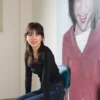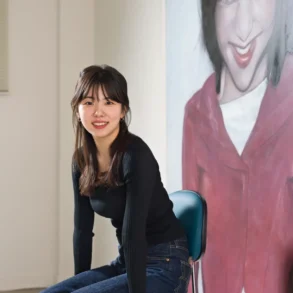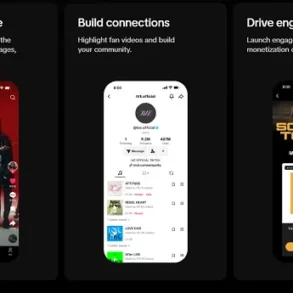By Eve Davies, First Year, English Literature
In 2024, it is rare to find someone who does not use social media. As we navigate this era of interconnectedness, social media platforms have evolved beyond mere communication tools and become fertile grounds for artistic expression. Instagram and TikTok have transformed into digital portfolios. I spoke to several young creatives and delved into how social media facilitates their artistic endeavours.
My journey with social media has been complex, shaped by the era in which I grew up. I found myself navigating the internet long before it was perhaps appropriate. What began as logging into my Mum’s old laptop to play online games like Club Penguin evolved into Instagram and Snapchat. My relationship with social media platforms was often marked by self-consciousness, especially regarding body image, and I empathise with those who view them as contributors to declining mental health.
However, my perspective on social media has undergone a transformation. I recently embraced social media as a space for creativity. I see my Instagram page as a compilation of things I enjoy, and I follow individuals who inspire me creatively. By making my profile public and curating content that reflects my interests, I use Instagram as a canvas for self-expression.

I found that others feel similarly. Aditi (@aditixh) enjoys Pinterest and Instagram, using the latter to develop her modelling portfolio. Amidst snapshots of outings with friends, she integrates music and photos from her modelling shoots. While she crafts a distinct 1970s aesthetic through her posts, Aditi reflects, ‘There is a level of reality to my posts as the photos capture the best times of my life so far.’
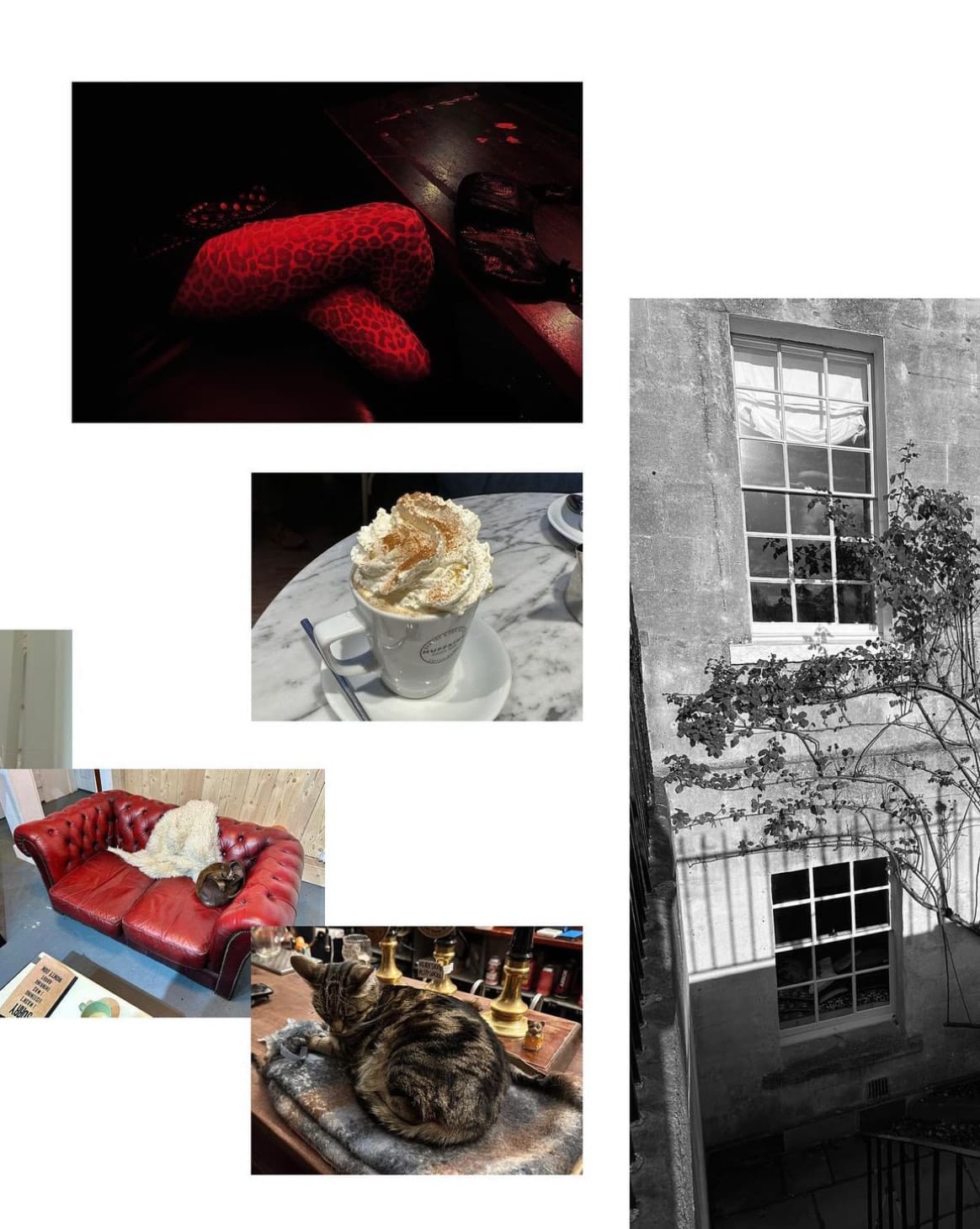
Sophie (@sophstorey) uses colours and images to express her artistic side on social media. Her Instagram is a mixture of photography, recipes, and fashion, often featuring photo diaries and scrapbook-style highlights of her recent experiences. She cautions users not to rely on the aesthetics of social media, however, emphasising the importance of incorporating elements of realism for a more authentic engagement with the online world.
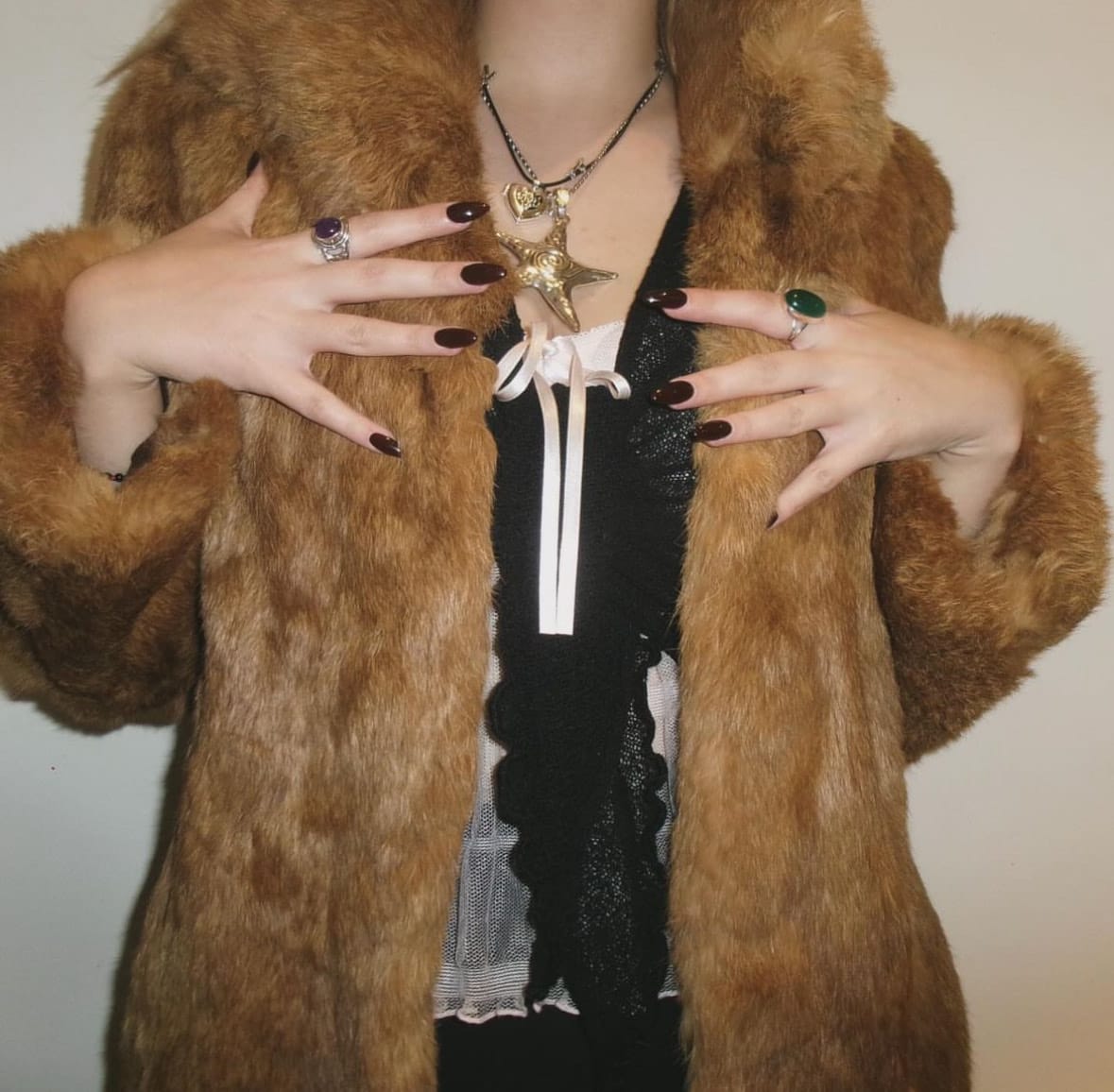
Roxy (@roxymoonnn) perceives her Instagram account as a dynamic collage of her life. Despite actively using social media to showcase her written work, she expressed concern about self-censorship and fears that the pursuit of a particular online aesthetic might hinder her from platforming certain ideas. Much like other forms of artistic expression the inclination to prioritise specific elements can lead to creative stagnation.
I was particularly intrigued by the shift in Roxy’s use of social media since her recent move to London. Both of us hail from a small town in South Wales, where the internet served as insight into the glamorous world of affluent city influencers. Reflecting on her experience, she noted: ‘Social media often felt like looking out of a window, but not being able to leave the room.’ Interestingly, she has observed a decrease in her reliance on social media since relocating to the city. I share a similar sentiment. Living in Bristol has undoubtedly influenced my attitude towards social media, making me more laissez-faire about its role in my life. The vibrant city, brimming with culture and artistic hubs, has significantly shaped my approach to posting. Regrettably, I don’t believe I would have the same freedom to experiment with social media as a creative space if I were in my hometown.
Despite its drawbacks, viewing social media as a tool for creative expression has enriched my online experience. Embracing a more detached, artistic approach to social media – rather than an overly invested, personal one – may offer a healthier and more fulfilling engagement with these platforms in the long run.
Featured Image: Eve Davies
How do you feel social media can be regarded as an art form?
This post was originally published on this site be sure to check out more of their content


